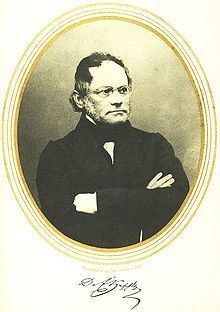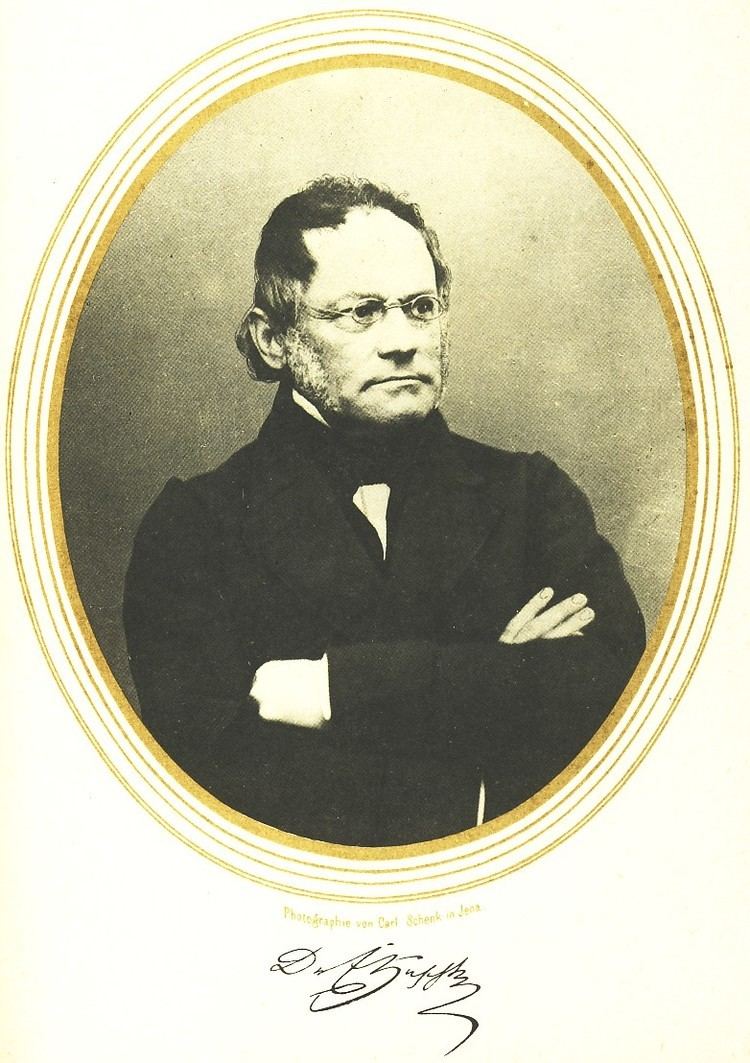Name Emil Huschke | ||
 | ||
Died June 19, 1858, Jena, Germany | ||
Emil Huschke (December 14, 1797 – June 19, 1858) was a German anatomist and embryologist who was a native of Weimar.

He studied medicine at the University of Jena, and spent most of his professional career at Jena. In 1827 he was appointed professor of anatomy and director of the anatomical institute. Huschke was politically active and took part in the foundation of the Deutsche Burschenschaft, a student movement for German national unity. In 1867 his daughter, Agnes Huschke, married famed biologist Ernst Haeckel (1834-1919).
Although Huschke was a devoted advocate of nature philosophy, and sought to find the connection between brain and soul (Hirn und Seele), he made significant contributions in comparative anatomy. He was the first to describe a handful of anatomical structures that now contain his name, including:
In 1829 Huschke described the heteronemertean genus Notospermus (family Lineidae).
